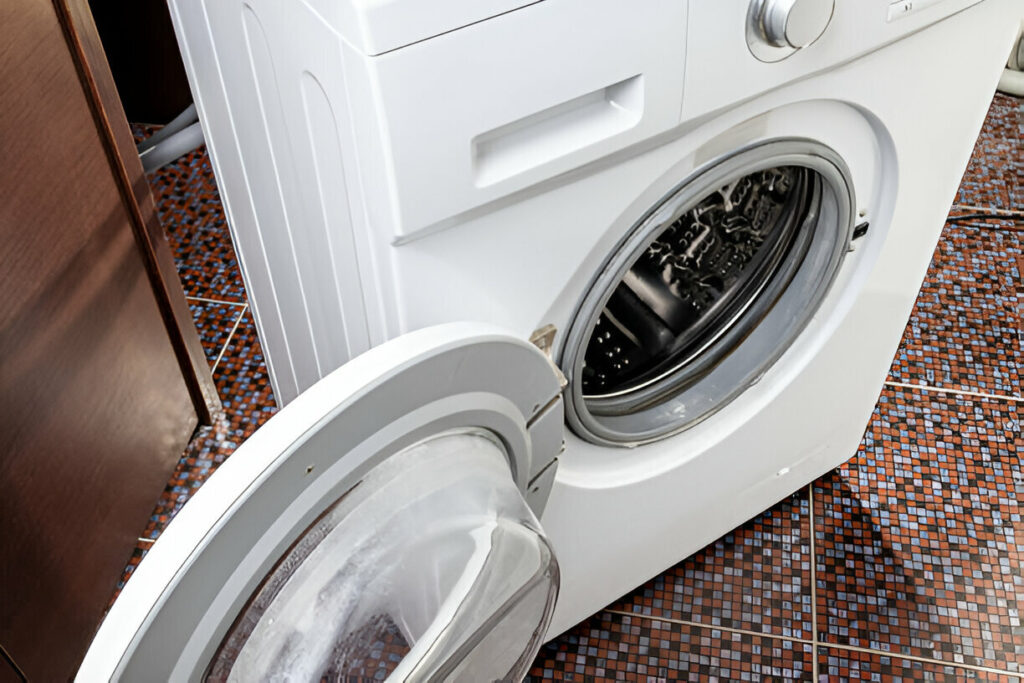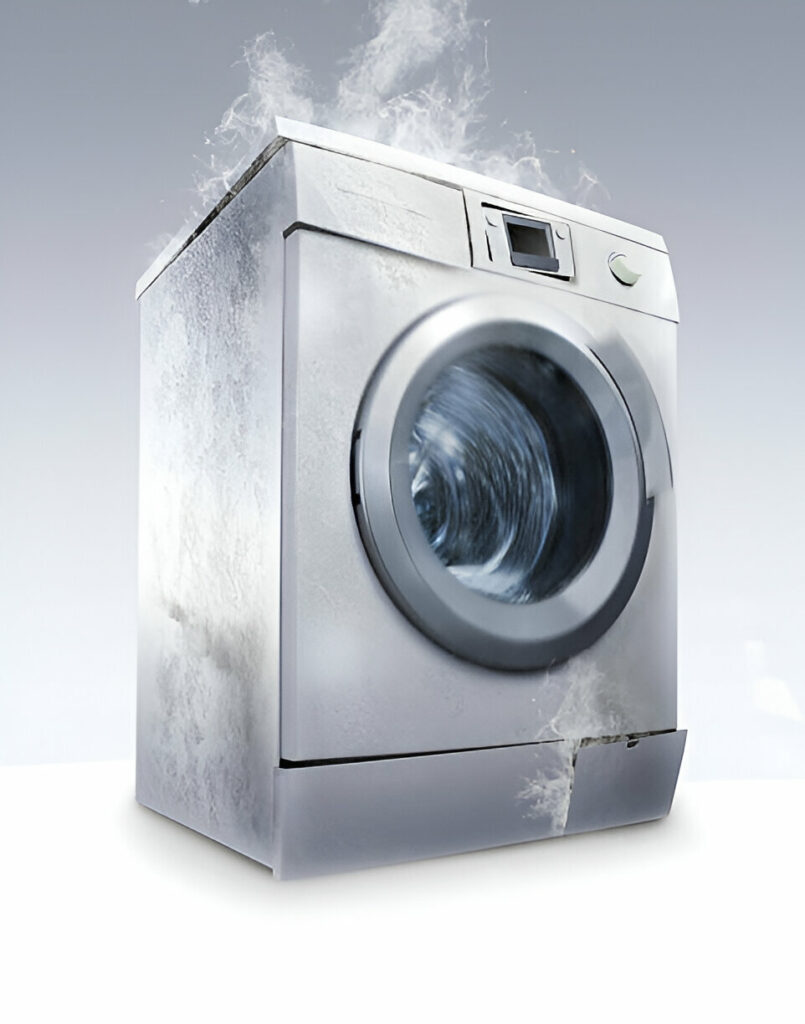What is the Most Common Problem with Washing Machines?

Table of contents
Washing machines often encounter several common issues. Knowing these can help ensure your customers' machines run smoothly.
Clogged Drain Filter
A frequent problem is a clogged drain filter, which can prevent proper drainage and leave water in the drum. Items like socks and coins often cause blockages. Cleaning the drain filter, typically found at the bottom front of the machine, can resolve this issue.
Faulty Drain Pump
If the machine still doesn't drain after cleaning the filter, a faulty drain pump might be to blame. Replacing the pump requires technical skills and the correct part, as models vary.
Blocked Drain Hose
A blocked or kinked drain hose can also hinder drainage. Check for obstructions or bends, and ensure it's connected properly to both the machine and the drain outlet.
Worn Bearings
Noisy spin cycles may indicate worn bearings, often due to overloading. Replacing bearings is complex and usually requires a professional.

Leaking Door Seal
Leaking from the door seal is common, especially as the rubber gasket ages or accumulates mold. Regular cleaning can prevent leaks, but damaged seals need replacement.
Motor Issues
Washing machines that don't start or stop mid-cycle might have motor problems, often due to worn motor brushes. Replacing these brushes can fix the issue.
Electronic Control Failures
Modern machines often suffer from electronic control failures due to water damage, electrical surges, or wear. These issues typically require a professional technician.
What usually fails on a washing machine?
Washing machines are essential household appliances, but they can sometimes fail. Here are the most common washing machine problems and how to solve them.

Excessive Vibration and Shaking
- Remove Shipping Bolts: Check the back of the machine (or top for some top-loaders) and remove any shipping bolts.
- Ensure Proper Installation: Make sure the machine is level and stable on all four legs using a physical level.
- Balance the Load: Avoid washing large items like duvet covers with small items to prevent imbalance.
- Check Shock Absorbers: If the problem persists, the shock absorbers may need replacing.
Unpleasant Odor and Mold
- Clean Regularly: Manually clean visible dirt and check the rubber gasket for hidden grime.
- Allow to Dry: Leave the detergent compartment and door open after each wash.
- Use Laundry Basket: Don't store dirty clothes in the washing machine.
- Clean Drain Filter: Regularly clean the drain filter located at the front bottom right.
- Descale Monthly: Use descaling agents monthly to prevent limescale buildup.
Poor Rinsing
- Use Proper Detergent Amount: Follow the instructions on the detergent packaging to avoid residues.
- Switch Detergent Brands: Poor quality detergent can leave residues, so consider switching brands.
- Avoid Overloading: Ensure you're not exceeding the recommended load for the selected washing program.
- Follow Manual Instructions: Revisit your washing machine manual for proper loading instructions.
Understanding these common problems can help you provide better service and keep washing machines running smoothly.






